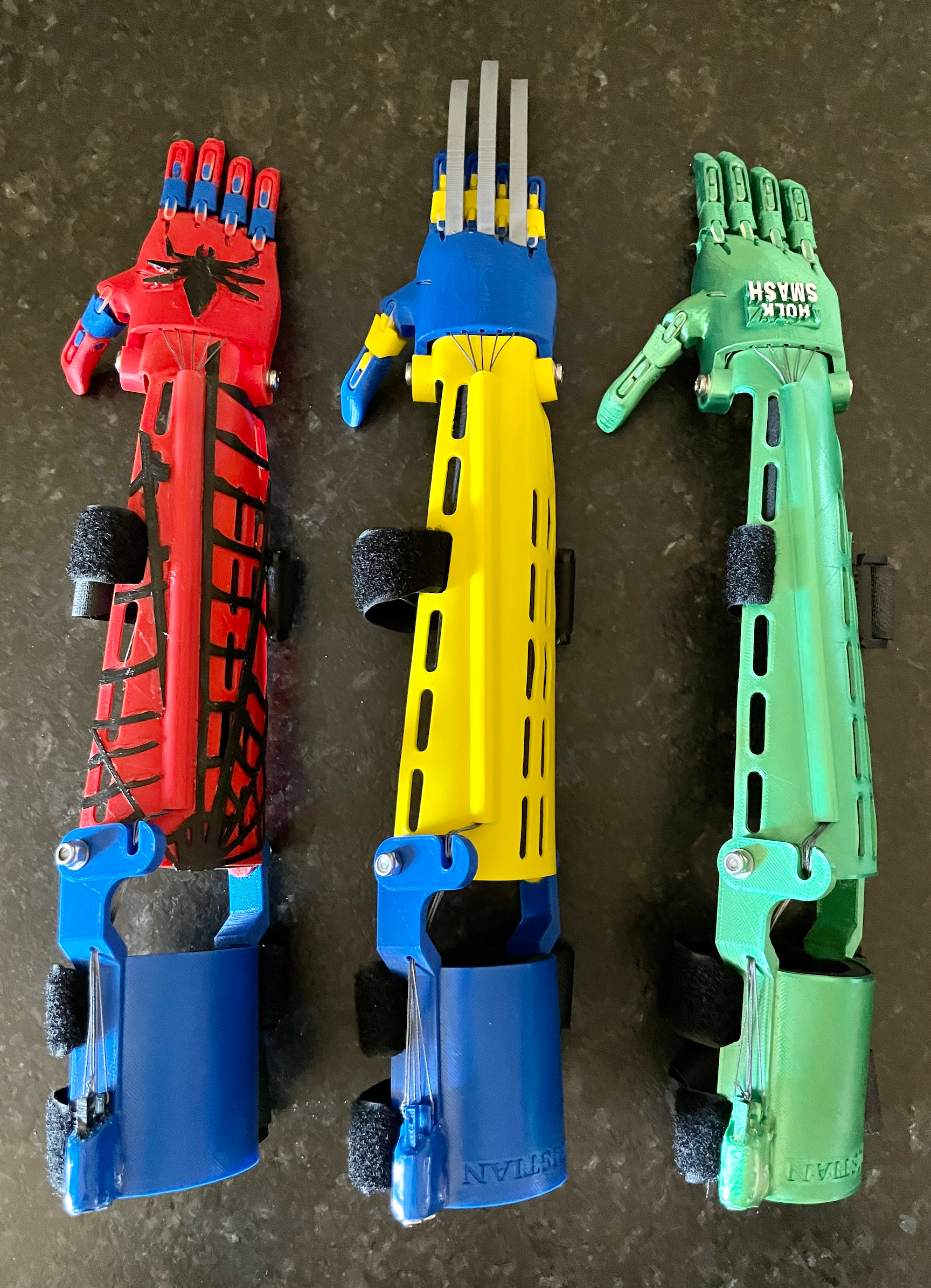
Biomedical Engineering: 3D Printing Prosthetics Using Enable and TinkerCAD
by Patricia Morgan
Be a part of the humanitarian effort and teach students how to create a fully functioning 3D printed prosthetic arm for a client in need. This lesson walks you through the process in a slideshow format to produce a custom size and design to fit your client like a glove! The open source files from Enable allow you to create all sorts of upper limb prosthetics to suit individual needs. By using TinkerCAD, students can then customize the design to the interests of their client.
Lesson Plan Link/URL
https://docs.google.com/presentation/d/1pClUOBm80Cc_lgunHlMgb1J35jkc6BVaZdOUkQI…Subject Area
Technology 1. Empowered Learner 2. Digital Citizen 3. Knowledge Constructor 4. Innovative Designer 5. Computational Thinker 6. Creative Communicator 7. Global Collaborator Engineering S1: Engineering & Global Society S5: Apply Technology to Engineering Mathematics Measurement and Data (MD)
Featured
Off
Related Content

Featured
Makey Makey Storyboards
Grades:
Kindergarten, 1st Grade, 2nd Grade, 3rd Grade, 4th Grade, 5th Grade, 6th Grade, 7th Grade, 8th Grade, 9th Grade, 10th Grade, 11th Grade, 12th Grade
This lesson takes students through the process of creating an interactive storyboard using a Makey Makey circuit board. This lesson can be adjusted for any grade level with examples given in the 4th

Grades:
7th Grade, 8th Grade, 9th Grade, 10th Grade, 11th Grade, 12th Grade
Students will apply principles of design, engineering, and mathematics to create a physical or digital labyrinth inspired by the myth of Theseus. This project integrates STEM concepts with literature

Grades:
3rd Grade, 4th Grade, 5th Grade, 6th Grade, 7th Grade, 8th Grade, 9th Grade
Engineers often create small-size models of a new product to test its design. This is especially true with airplanes. Model testing tells engineers how a design responds to different air conditions

